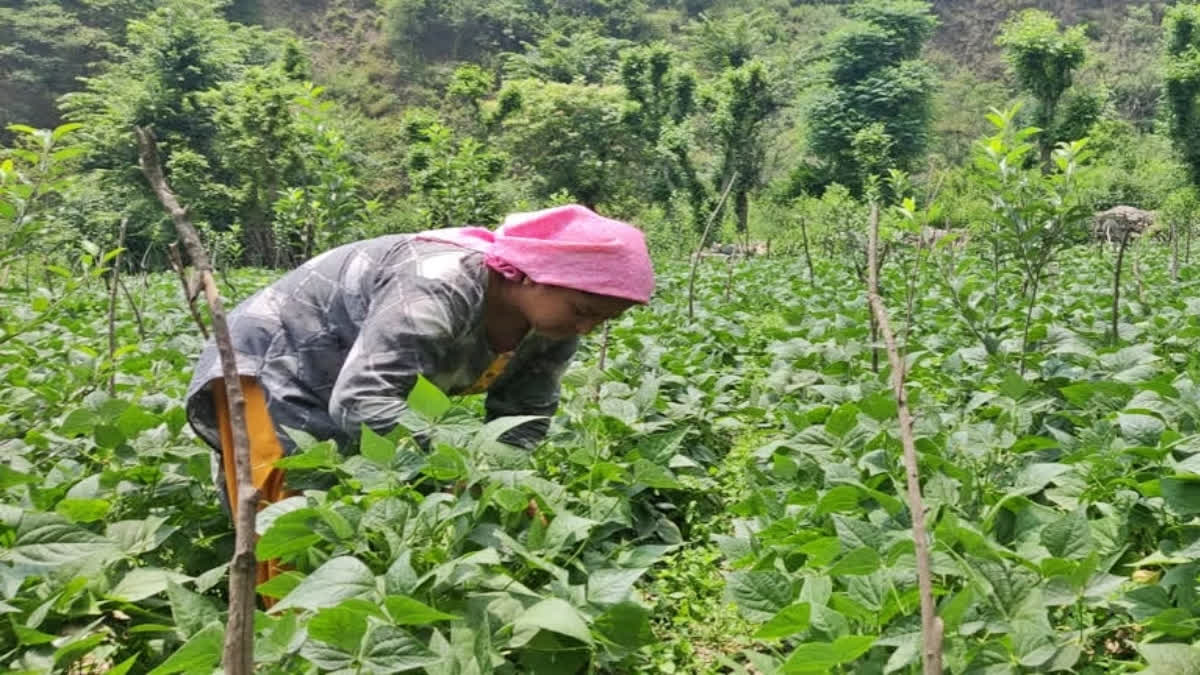New Delhi:With India’s south-west monsoon rains showing a large deficit of -23% so far this year in comparison with normal rains as per the official long period average (LPA) data, there are concerns among the policymakers and farm sector experts that a deficient monsoon will adversely impact food and cereal prices that have already been a cause of concern.
However, the economic research team of India’s largest sector public bank, the State Bank of India, has developed a monsoon index which offers some clues about what would happen to the country’s agriculture sector, particularly in 15 large farm-producing states, in case of a deficient monsoon. This year the onset of monsoon was delayed and the monsoon formally arrived in both the national capital Delhi and its financial capital Mumbai on the same day on Sunday (June 25), which is a rare climate phenomenon as it had happened after 62 years.
Soumya Kanti Ghosh, Group Chief Economic Advisor of State Bank of India, says there is evidence of myriad changes unfolding in the monsoon pattern that could become new fault lines as climate change on a global scale becomes a sword of Damocles for policymakers and populace alike though there is some good news on rainfall pattern and distribution.
Also read: Explained: How Indian agriculture’s dependence on monsoon rains has come down
Ghosh says given the critical impact of southwest monsoon, the current status of the shortfall, which is 23% below normal as compared to 7% below normal last year, and delayed arrival gives rise to apprehensions about its adverse impact on inflation and growth estimates as spatial patterns and distribution of rainfall assume utmost significance.
It is not only the deficient rainfall in food-producing states but excess rainfall could also have an adverse impact on retail food inflation which was seen last year. For example, monsoon rains were 6 per cent above normal in select food-producing states last year but despite that, the retail food inflation rose to 6.7% in comparison with 4.2% in the preceding year.
SBI Monsoon Impact Index
The SBI Monsoon Impact Index incorporates four parameters from 15 major foodgrain-producing states, such as their share in total food grain production, rainfall deviation from normal, irrigation status, and overall skewness in rainfall among states. On a scale of 0-100, values closer to 100 indicate lesser impact while values with increased distance from 100 indicate the rising impact of the spatial distribution of rainfall on the economy.
The current MI Index, with a present value of 64.0 fares better than the 2022 full-season SBI Monsoon Impact Index which was 60.2. “It strengthens our belief that better prospects of monsoon from this point should transgress MI Index towards 90, where the negative impact on the economy would be virtually nil,” Ghosh said in a statement sent to ETV Bharat.
Cereal production highly dependent on monsoon
